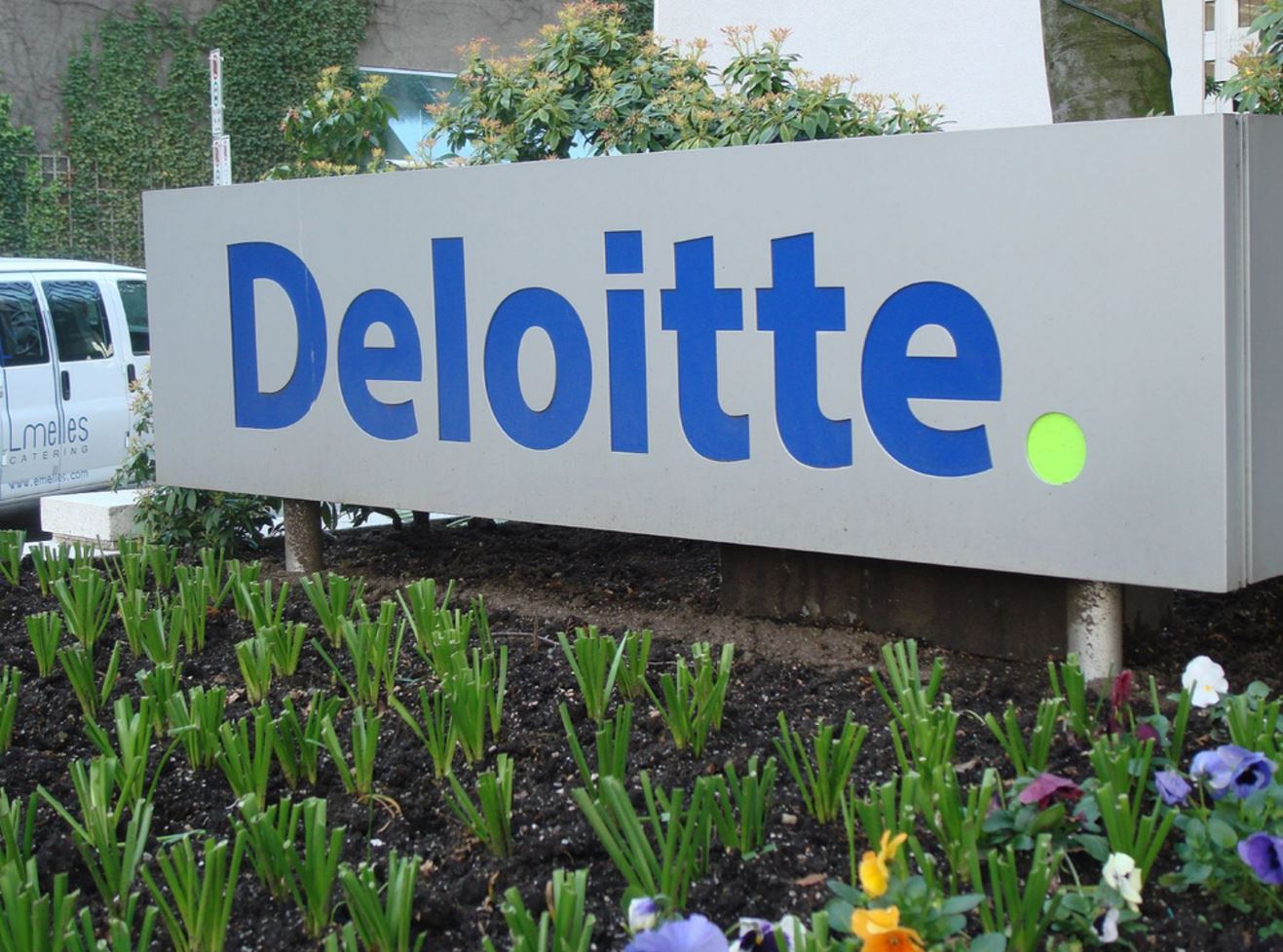Deloitte Acquires Global Asset Management Strategy Consultant Casey Quirk
| By Fórmate a Fondo | 0 Comentarios

Deloitte announced that it has acquired substantially all the assets of Casey Quirk, the world’s largest strategy consultancy devoted exclusively to serving the asset management industry. Terms of the deal were not disclosed.
The move combines the strengths and global reach of Deloitte, a leader in business transformation ranked number one in global strategy and operations consulting, with Casey Quirk, a leader in asset management strategy that has served a majority of the world’s 50 largest asset managers. The Casey Quirk partners and existing team will transition to Deloitte and will now operate under the “Casey Quirk by Deloitte” brand.
“This combination brings together capabilities to help our clients drive transformational change across their organizations. Together, we are positioned to work with our clients in responding to the range of quickly emerging, evolving and complex challenges, including globalization, innovation, competition and, most importantly, shifts in investor requirements,” commented Joe Guastella, US financial services consulting leader, Deloitte Consulting LLP.
Additional challenges such as fee pressure, industry consolidation, technology disruption, increased regulation, and the rise of individual investors are creating unprecedented change in the global asset management industry. With an array of consulting services from strategy formulation through operational execution, Casey Quirk by Deloitte will offer one of the most complete sets of end-to-end consulting services available to asset management organizations.
“Casey Quirk is joining forces with Deloitte to broaden our global financial services footprint and deliver differentiated execution capabilities for our clients,” said Kevin P. Quirk, chairman, Casey Quirk. “This combination provides an unparalleled value proposition to the marketplace.”
“Casey Quirk has more than doubled its staff in the past three years and opened offices in Hong Kong and New York. Joining Deloitte is an optimal choice to help us maintain our tremendous growth,” said Yariv Itah, managing partner, Casey Quirk. “We also believe this creates a superior career platform for our talented team.”
“This is the latest in a string of strategic acquisitions Deloitte Consulting has made in recent years to continue helping our clients solve their most complex business challenges,” said Janet Foutty, chairman and CEO, Deloitte Consulting LLP. “Casey Quirk’s deep strategy expertise, leading research and recognized talent in the asset management consulting space will bring even more value to the trusted relationships Deloitte has with our financial services clients.”





